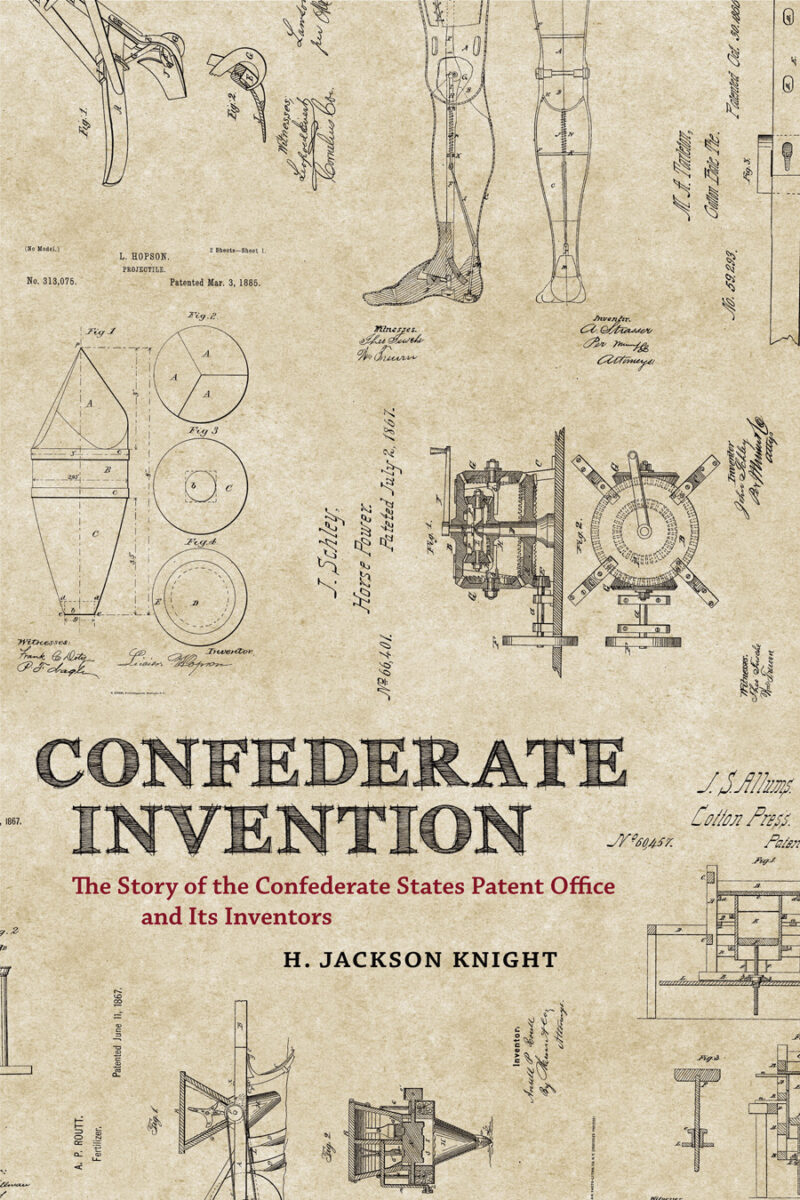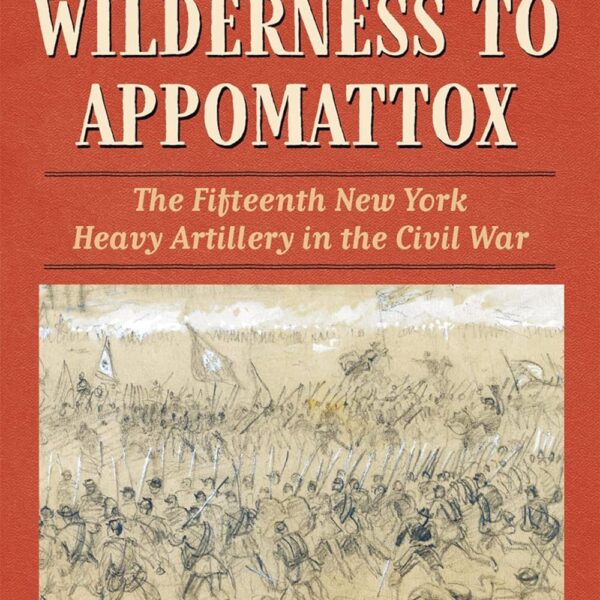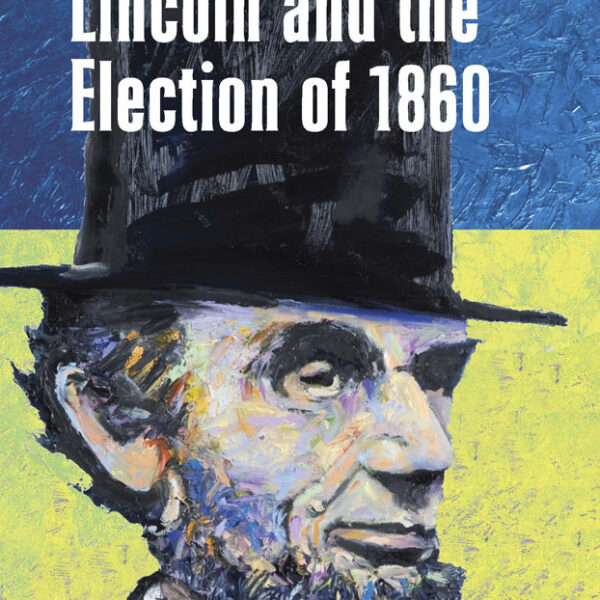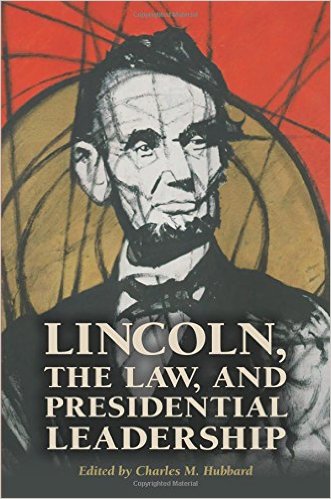Students of the American Civil War continue to make something out of very little. Almost all of the records of the Confederate States Patent Office burned with the evacuation of Richmond in 1865, but that did not prevent H. Jackson Knight from compiling this remarkable record of southern invention and inventors during the war. Confederate Invention stands as a testament to the dedication of this dogged researcher, who set out to write a history of Confederate patenting and, against all odds, succeeded.
If the name H. Jackson Knight does not ring a bell for readers of Civil War history, there is good reason. He is a registered United States patent agent whose earlier book (now in its second edition) carries the title Patent Strategy for Researchers and Research Managers. Yet it probably took someone with his knowledge of the complexities of the patenting process to write this study. Indeed, it is hard for me to imagine anyone without his command of present-day patenting pulling this off.
Using the fragmentary manuscript sources that have survived and relying heavily on relevant Congressional debates and the printed annual reports of the Patent Office, Knight guides us through the organizational phase of the bureau and then gives us a year-by-year account of its activities. One of his heroes is Rufus Randolph Rhodes, a Mississippian trained in the law who had worked in the U.S. Patent Office before the war and who served as the first, and only, Confederate Commissioner of Patents. The talented Rhodes emerges as a dedicated public servant who set up a thoroughly professional office and maintained high levels of service and integrity throughout the conflict (in this regard he reminds me of Josiah Gorgas, the extraordinarily talented Confederate Chief of Ordnance). Knight then goes on to provide thumbnail sketches of a sizable number of Confederate patentees and descriptions (and frequently illustrations) of their inventions (the level of detail here is remarkable, even staggering).
Some of these inventors are well known to students of Civil War history—John Mercer Brooke, the genius of Confederate naval ordnance, George Washington Rains, the father of the amazing Confederate Powder Works at Augusta, Georgia, and William Le Roy Broun, the head of the Richmond Arsenal, for example. Others are more obscure—Thomas Dougherty, a Massachusetts-born Irishman, master machinist of the Macon & Western Railroad, and inventor of an improved rail switch, or artist A. Frederick Volk, who patented a bust of Stonewall Jackson, or Isadore P. Girardey of Augusta, Georgia, whose fuse significantly improved the performance of Confederate artillery shells (according to no less an authority than General E. P. Alexander, Longstreet’s artillery chief). In all, some 275 patents were issued by Commissioner Rhodes’ office. Not surprisingly, a disproportionate number were war-related—firearms, cartridges, torpedoes, fuses, and the like, and the machines necessary to produce these tools of war (like G. W. Rains’ “Gunpowder Steaming Barrels” which significantly accelerated the pace of production at his Augusta works).
It was probably inevitable that some errors would creep into this study, and I do not want to dwell on them. But the author would have been better served if his editors and readers had caught some of the more significant mistakes. The Harpers Ferry musket machinery, for example, was shipped to the Virginia State Armory in Richmond in the spring of 1861, not “After Harpers Ferry was captured by the Confederacy in 1862” (155). This machinery formed the backbone of domestic Confederate small arms production throughout the war. More egregious is the statement that Lee took command of the army defending Richmond in 1862 “replacing General Joseph E. Johnston who died during Seven Pines” (116). Johnston, of course, recovered from his wounds and lived to fight (none too well, in the estimation of many historians) another day. To repeat a point made earlier, only someone thoroughly familiar with the patenting process could have written this book, and the occasional slipups are minor matters compared with the author’s overall achievement.
In sum, Confederate Invention is much more than the fill in of another Civil War backwater. It is a remarkable portrait of Confederate inventors, both native and foreign-born, and the government agents who sought to record and verify their discoveries. Any students of the Civil War who have wondered about the scientific efforts that went on behind the lines in the Confederacy will be informed and fascinated by this extraordinary book.
Charles B. Dew is the Ephraim Williams Professor of American History at Williams College and the author of Apostles of Disunion: Southern Secession Commissioners and the Causes of the Civil War.





